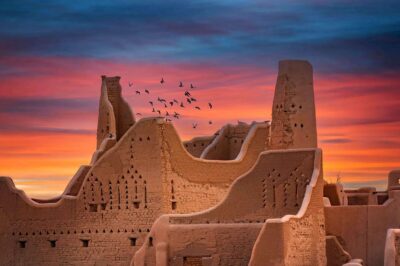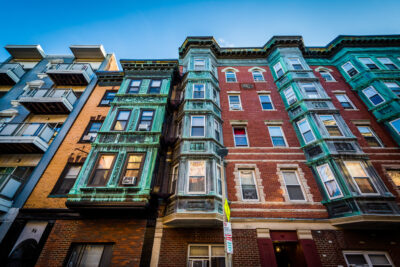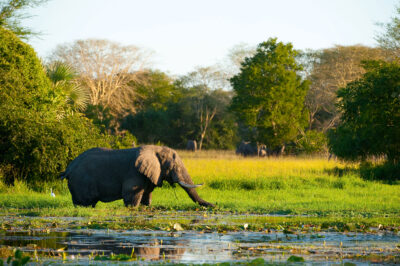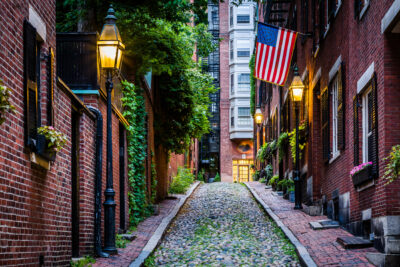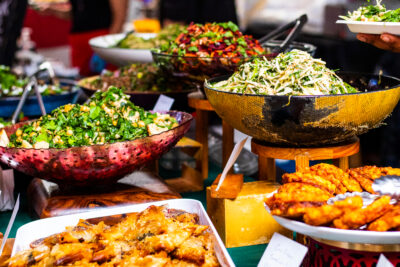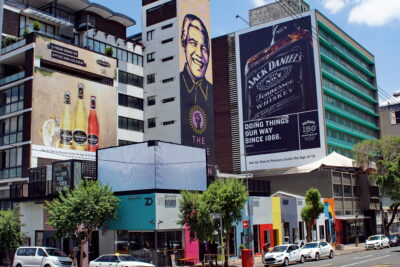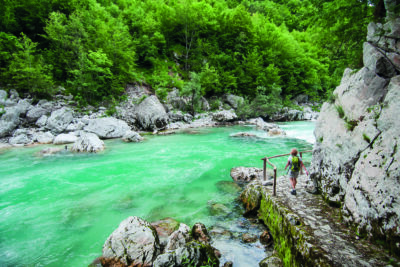
The call of the mountains: 5 reasons to visit northwest Slovenia’s Julian Alps
Sprawling across the wester part of Slovenia, these mountains are a place where magnificent hiking meets world-class gastronomy, with plenty of heritage, and an emphasis on sustainability
The Julian Alps are everything that is best about Slovenia, condensed into one. Sprawling across the western part of the country, their sublime mountain scenery is some of the most beautiful you’ll find anywhere in the Alps – a place where magnificent hiking meets world-class gastronomy, with plenty of heritage, and an emphasis on sustainability.
1. To experience unspoilt nature
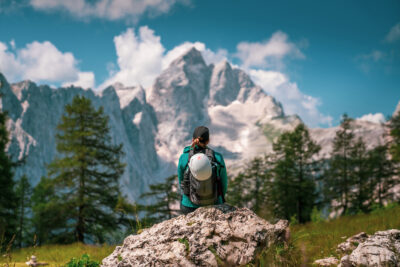
Slovenia’s Julian Alps are the definition of evocative landscapes and unspoilt nature. Their breathtaking and often jaw-dropping scenery encompasses soaring limestone peaks, gnarled and rocky ridges, lush green pastures and cool forest. Great boulder-strewn cirques are offset by dazzlingly beautiful valleys, exquisite waterfalls, dramatic gorges, and some of the loveliest Alpine lakes imaginable.
Their biodiversity is extraordinary. Around 7,000 species of animal inhabit Triglav national park, including the majestic Alpine ibex, black grouse and golden eagle, along with a huge number of plants including several endemic species. Much of the Julian Alps are protected as Triglav National Park, an area which also includes Slovenia’s highest mountain, the 2,864m giant Triglav. And the best way to explore these amazing mountains? Grab a pair of hiking boots and set off on one of the more than 800km of well-marked trails – from an easy stroll beside Lake Bohinj, to the epic multi-day Juliana Trail.
2. To have a truly green visit
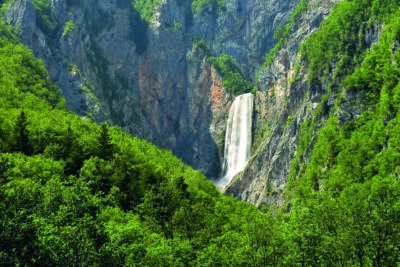
Slovenia is strong on green initiatives, and this obviously applies to Triglav National Park, and the Julian Alps as a whole, as well. Hiking, biking, climbing, kayaking and more are not only the most rewarding way to experience the Julian Alps – they are also the most sustainable. Look for guesthouses, restaurants and local tour operators with the SLOVENIA GREEN certificate, a nationwide initiative to highlight efforts in sustainable tourism. Bohinj in the Julian Alps was the first place in Slovenia to be awarded the highest level of these awards. Slovenia’s delicious cuisine focuses on locally grown, seasonal produce. The Juliana Trail was founded on principles of sustainability – to encourage visitors to explore less well-known parts of the Julian Alps as well as more famous places like Bled, to stay longer, and to use public transport – almost all stages of the trail, along with many other trails in the Julian Alps, can easily be reached by public transport.
3. For year-round adventures
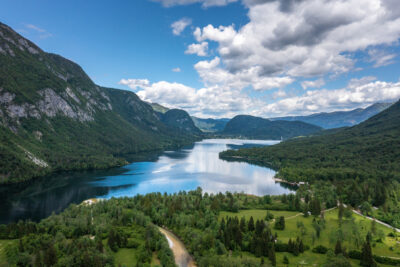
There is no wrong season to visit the Julian Alps. Come in summer for some of the best hiking in Europe – even better, plan your hiking adventures in June, July or September which are equally lovely though less busy than August. Visit in winter for excellent skiing – two of Slovenia’s best ski resorts lie within the Julian Alps, Vogel and Kranjska Gora – along with snowshoeing and winter walking, skating on Jasna and other lakes, and endless tobogganing. Early summer brings spectacular wildflower displays – the area around Lake Bohinj holds an annual International Wildflower Festival at this time. Autumn colours are at their most breathtaking in October, when the larches turn a vivid yellow among the surrounding reds, browns and greens. May and June are best for rafting on the River Soča, when the water level rises from snowmelt. Expect plenty of delicious seasonal produce on restaurant menus, including wild garlic in spring, and mushrooms in autumn.
4. For the rich culture and heritage
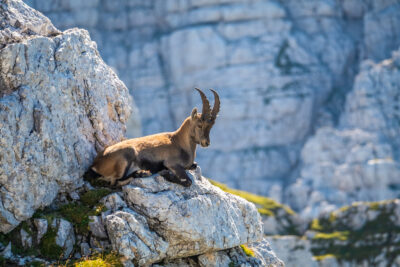
The Julian Alps are also a landscape rich in heritage. Bled’s castle is set spectacularly on a crag above the lake, and its small church perched on an island, accessible by traditional wooden boats. Then there are the traditional wooden kozolec (hayricks), and traditional painted wooden beehive panels which form a distinctive part of Slovenia’s folk art (best seen at the Apiculture Museum in Radovljica).
The Julian Alps have a long history of mining, particularly iron ore – for the epicentre of Slovenia’s former ironworking industry, look to the town of Jesenice in the north, with its historic Stara Sava area. More famously, the town of Idrija on the southern edge of the Julian Alps is home to a Unesco-listed mercury mine. The Soča Valley is scattered with profoundly moving heritage from the First World War, from monuments and memorials to chapels, cemeteries and outdoor museums. One of the most beautiful is the Memorial Church of the Holy Spirit at Javornica – an exquisitely painted wooden church on a vast, open mountainside.
5. For the opportunity to slow down
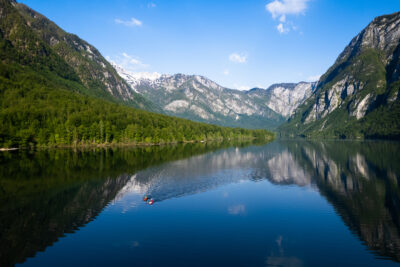
Slovenia excels at Slow Travel – and the Julian Alps provide the ultimate setting and environment to slow down, reset, relax and generally put things back into perspective. Stay longer, and take the time to explore more of this magnificent region’s hidden corners, as well as its justifiably famous highlights. Walk in the Koritnica Valley, explore Trenta, cycle quiet roads and cycle paths, or tackle Slovenia’s highest road, leading to the 2,055m Mangart Saddle. Join an outdoor yoga retreat, surrounded by deliciously fresh air and gorgeous scenery. Indulge in some pampering at a spa. Discover more about the traditional way of life in its mountain pastures at the Alpine Dairy Museum by Lake Bohinj. Enjoy superb cuisine at traditional taverns and Michelin-starred restaurants. Like all mountains worth their salt, the Julian Alps maintain an air of mystery – hidden valleys which plunge you into unexpected silence, and sudden, sweeping vistas which have the power to make the world shrink in comparison.








